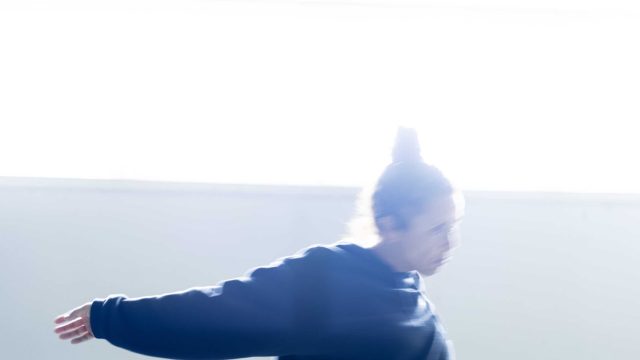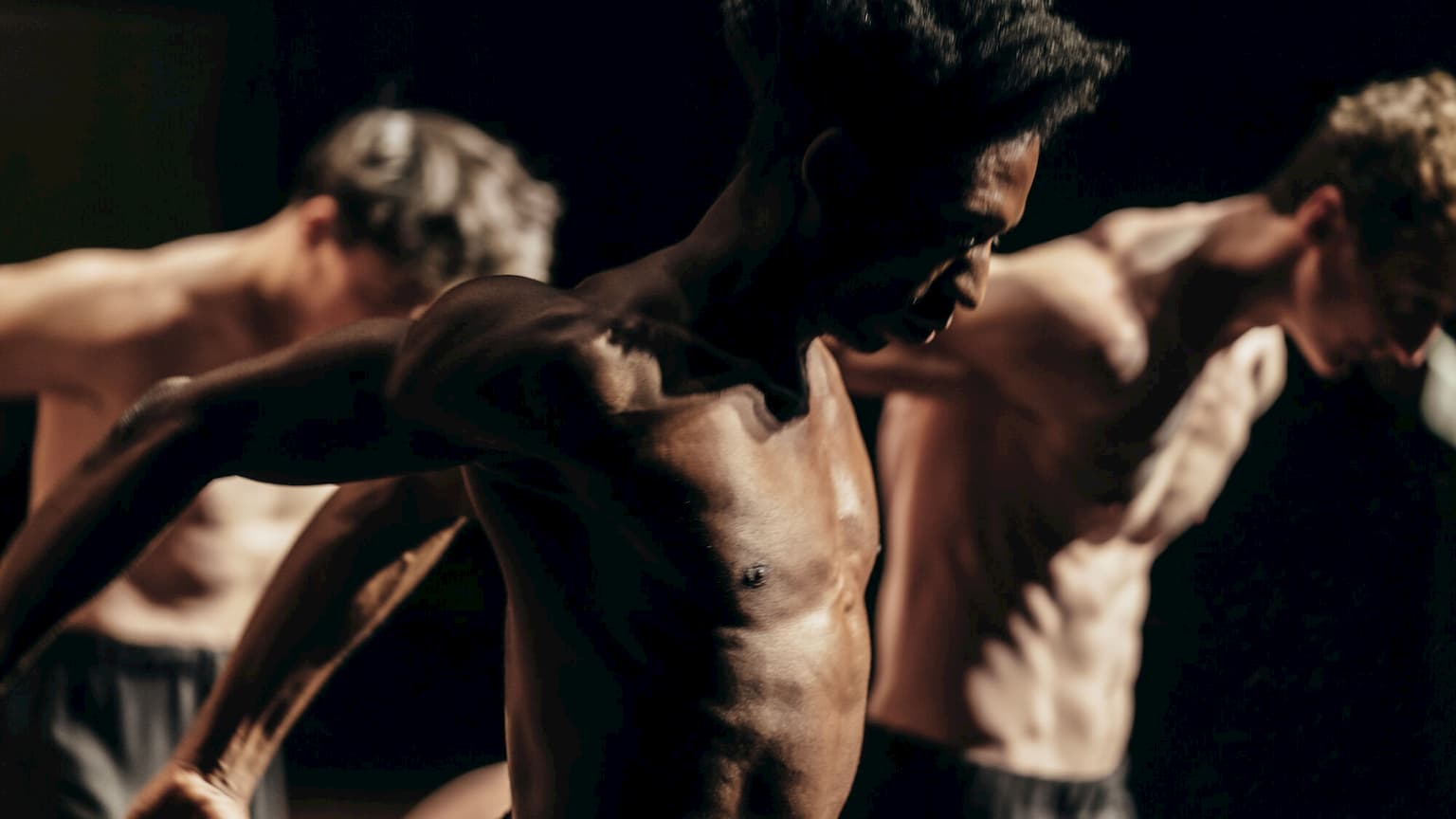Repetition unlocks the mind
‘Through that traditional Arabic singing and dancing, I understood that repetition is essential: it unlocks the mind, deepens the connection with the audience, and opens the way to inner imagination.’ For Belaza, repetitive, circular movements around the own axis became an essential choreographic tool. ‘Repetitive movement inevitably involves a form of circularity,’ she says. ‘What fascinates me about this is that repetition is not reiteration, but a deepening—a descent into yourself. The circle is the only way to approach the infinite within the limits of a finite body and a finite space. I began to understand that the body can not only perform movements, but can also be the recipient of forces and movements that transcend the purely physical. Everything I can imagine must be able to manifest itself in the body. This research for Le Cri was a turning point. ‘I stopped “choreographing” in the classical sense.’
A new realisation in line with this artistic research arose when Nacera Belaza took a close look at her own body: ‘I asked myself: how can I turn my body, in which I myself live, into a neutral instrument, like a white sheet of paper in other art forms, a place of all possibilities?’ By observing and analysing the body, she discovered how divided it actually is. ‘Head and body, arms and legs – each part has its own function. The search for unity became a way for me to retune the body, to connect the parts into a coherent whole.’ The idea of the ‘white sheet’ grew into a broader artistic and existential vision. ‘Over time, I noticed that this unity could expand: to the surrounding space, the sound, the light, and the audience. This created a way for me to, in a sense, amplify unity.’


